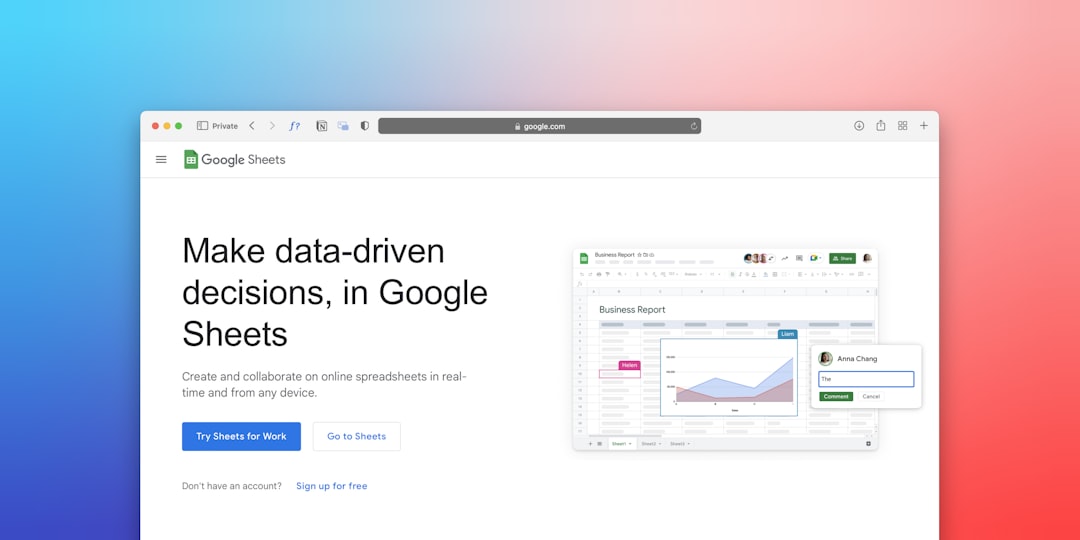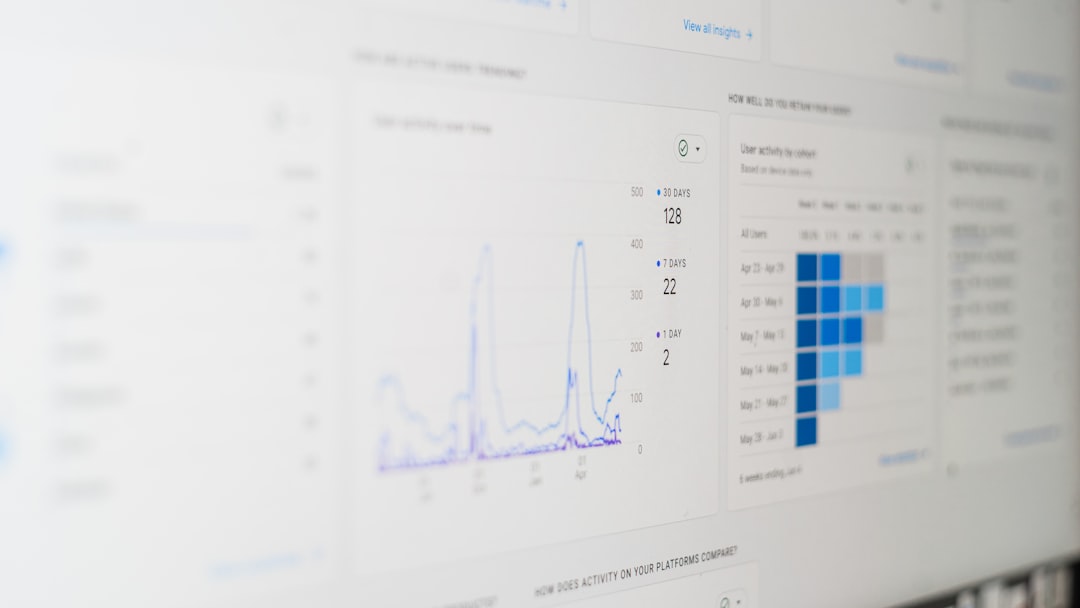In today’s data-driven world, organizations are turning to advanced tools to make sense of massive data streams. One of the most revolutionary among these tools is Artificial Intelligence (AI), particularly in the realm of predictive analytics. By analyzing past patterns and trends, predictive analytics helps businesses forecast future outcomes. When powered by AI, this process becomes significantly more efficient, accurate, and insightful.
Incorporating AI into predictive analytics brings a host of advantages that traditional methods simply cannot match. Whether you’re managing inventory, analyzing customer behavior, or forecasting market trends, AI can supercharge your decision-making process.
Here are some of the major benefits of using AI tools for predictive analytics:
1. Improved Accuracy and Precision
AI algorithms excel at identifying patterns and correlations within vast datasets that human analysts might miss. These tools can process structured and unstructured data from multiple sources—including social media, transaction records, and sensor data—leading to more precise predictions. By using techniques such as machine learning and natural language processing, AI systems continually improve their accuracy over time through self-learning mechanisms.

2. Faster Decision-Making
Speed is crucial in today’s business environment. AI-powered predictive analytics tools can crunch terabytes of data in a fraction of the time it would take a human team. Instantaneous data processing enables organizations to make quick, informed decisions to either seize emerging opportunities or address potential risks before they escalate.
3. Scalability
One of the biggest challenges in analytics is managing the increasing volume of data. AI tools are built to scale effortlessly, handling millions or even billions of data points with ease. Whether you’re a startup handling a few thousand customers or a multinational corporation dealing with global data sets, AI makes it possible to maintain performance and reliability at scale.
4. Cost Savings
Though AI implementation may require an initial investment, the long-term cost benefits are substantial. Automating data analysis tasks reduces the need for large analytical teams, minimizes human errors, and streamlines operations. Over time, AI reduces the overall spending on data projects by making them faster and more sustainable.
5. Enhanced Customer Insights
AI tools can analyze customer data to detect patterns in purchasing behavior, preferences, and engagement. This enables businesses to create more personalized experiences and targeted marketing strategies. By anticipating customer needs, companies can improve retention, satisfaction, and ultimately, profitability.

6. Adaptability to Changing Conditions
Markets shift, trends evolve, and unexpected variables can emerge at any time. AI systems can quickly adapt to these changes by updating models in real time. This dynamic adaptability ensures that predictive models remain relevant and continue to provide useful insights even in volatile environments.
7. Integration with Other Technologies
AI integrates seamlessly with other business technologies such as Customer Relationship Management (CRM) platforms, Enterprise Resource Planning (ERP) systems, and Internet of Things (IoT) devices. This interconnected approach allows for a more cohesive data strategy and opens the door for end-to-end automation across various departments and functions.
8. Better Resource Allocation
Predictive analytics powered by AI lets companies allocate resources more efficiently—whether it’s inventory management, workforce planning, or budget forecasting. Organizations can anticipate demand surges, manage supply chains proactively, and allocate staff based on predicted customer flow, all of which enhance operational efficiency.
In conclusion, the integration of AI tools into predictive analytics offers a transformative advantage to organizations seeking smarter, faster, and more efficient decision-making capabilities. It empowers businesses to not only understand what’s happening now but to forecast what will happen next—giving them a crucial edge in competitive markets.

As AI technology continues to evolve, its potential within predictive analytics will only grow more profound, helping companies navigate the uncertainties of the future with confidence and clarity.

